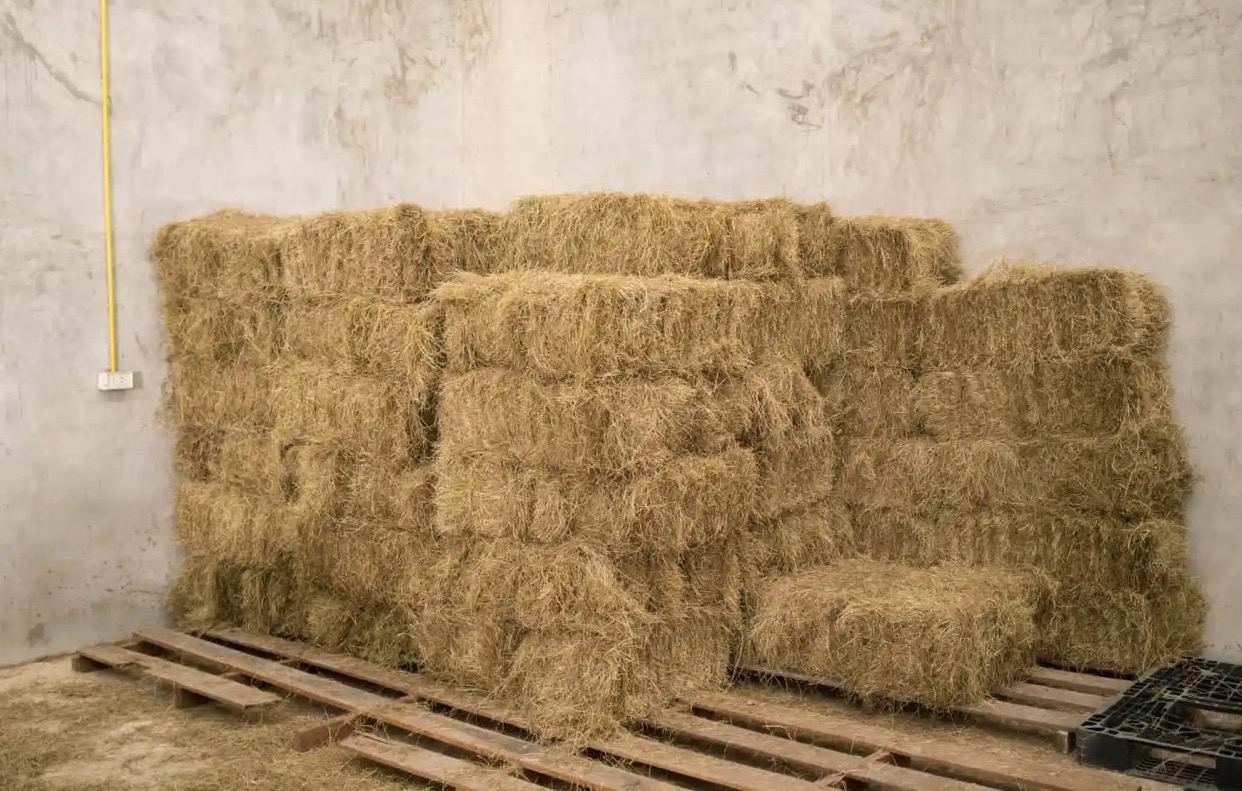

Articles
How To Store Hay
Modified: January 5, 2024
Learn the best methods for storing hay in our informative articles. From selecting the right storage space to understanding moisture levels, we've got you covered!
(Many of the links in this article redirect to a specific reviewed product. Your purchase of these products through affiliate links helps to generate commission for Storables.com, at no extra cost. Learn more)
Introduction
Welcome to the world of hay storage! Whether you’re a farmer, a rancher or simply a DIY enthusiast, knowing how to store hay properly is essential for preserving its quality and ensuring its longevity. Hay, a vital staple for livestock and a key component in various agricultural operations, requires careful handling and storage to prevent spoilage, maintain its nutritional value, and minimize the risk of fire hazards.
In this article, we will explore the ins and outs of hay storage, providing you with practical tips and insights to help you make informed decisions about choosing the right storage method, preparing the storage area, baling and storing hay, monitoring storage conditions, preventing spoilage and fire hazards, and properly handling and transporting hay.
So, whether you’re a seasoned hay storage pro looking to brush up on your knowledge or a beginner eager to learn the ropes, let’s dive into the fascinating world of hay storage and discover the best practices to keep your hay in top condition!
Key Takeaways:
- Proper hay storage is crucial for preserving nutritional value, preventing spoilage, and minimizing fire hazards. Choosing the right storage method, preparing the area, and monitoring conditions are key to maintaining high-quality hay.
- Implementing best practices for hay storage, including proper baling, monitoring conditions, and preventing spoilage and fire hazards, ensures the longevity and quality of your hay supply. Taking these steps leads to optimal feed for livestock and peace of mind for storage operations.
Read more: How To Store Hay For Rabbits
Choosing the Right Hay Storage Method
When it comes to hay storage, there are several methods to choose from, each with its own advantages and considerations. The right storage method for you will depend on factors such as the quantity of hay you need to store, the climate in your area, and the specific needs of your operation.
Here are some of the most common hay storage methods:
- Barn Storage: Storing hay in a barn provides excellent protection from the elements, such as rain, snow, and excessive sunlight. Barns also offer the advantage of easy access and convenient loading and unloading. However, keep in mind that barn storage requires adequate ventilation and should be carefully managed to prevent condensation and mold growth.
- Stacks or Piles: Stacking hay in the field or in open storage areas is a popular method, especially for large-scale operations. This method allows for efficient drying and curing of hay and can be cost-effective. However, stacks should be properly covered with tarps or other waterproof materials to protect against moisture and weather damage.
- Hay Sheds: A hay shed is a dedicated structure designed specifically for hay storage. These sheds offer protection from the elements and can be customized to meet your specific needs. They provide a good balance between barn storage and stack storage, offering protection while still allowing for adequate airflow.
- Silos: Silo storage involves compacting hay into airtight containers, usually made of metal or concrete. Silos are excellent for preserving hay quality and nutritional value, as they minimize exposure to air and moisture. However, silos require special equipment for loading and unloading and can be costly to install.
- Packaging: Another option for hay storage is to package the hay in bales or bags. This method offers convenience and ease of handling, especially for smaller quantities. However, it may require additional equipment and labor for baling and packaging.
When choosing the right hay storage method, consider factors such as cost, convenience, protection from the elements, airflow, and moisture control. Assess your specific needs and resources to find the method that best suits your operation.
Preparing the Storage Area
Before storing hay, it is crucial to prepare the storage area properly to ensure the optimal conditions for hay preservation. Here are some essential steps to follow when preparing your hay storage area:
- Clean the area: Remove any debris, rocks, or other objects that could potentially damage the hay or cause safety hazards. Make sure the area is free from excessive dust, as dust can pose respiratory health risks to both humans and animals.
- Create a level surface: It is important to have a level surface for stacking or storing hay. This ensures stability and minimizes the risk of stack collapse. Level the ground and remove any uneven areas or mounds to create a safe and secure base.
- Consider drainage: Adequate drainage is crucial to prevent moisture buildup in your hay storage area. If the area tends to collect water or is prone to flooding, consider implementing drainage measures such as installing drainage tiles or redirecting water flow away from the storage area.
- Provide proper ventilation: Good airflow is essential to prevent condensation and mold growth. Ensure that your storage area has adequate ventilation to allow for the movement of air. This can be achieved through the use of vents, open sides, or ridge openings in the storage structure.
- Implement pest control measures: Hay storage areas can attract pests such as rodents and insects. Take preventive measures to keep pests at bay, such as sealing entry points, using screens or wire mesh, and removing any existing pest infestations before storing your hay.
- Monitor temperature: Extreme temperatures can have a detrimental impact on hay quality. If your storage area is exposed to high temperatures, consider implementing measures such as insulation or reflective materials to help regulate the temperature and prevent overheating.
- Have a fire prevention plan: Hay can be highly flammable, so it is crucial to have a fire prevention plan in place. Keep fire extinguishers readily available, implement proper electrical wiring practices, and avoid smoking or open flames near the storage area.
By following these steps and ensuring that your storage area is clean, level, well-ventilated, pest-free, and properly maintained, you can create an optimal environment for preserving the quality and nutritional value of your hay.
Baling and Storing Hay
Once your hay is harvested and ready for storage, proper baling and storing techniques are crucial to maintain its quality and prevent spoilage. Here are some key considerations for baling and storing hay:
- Timing: Baling should ideally take place when the hay is at its optimum moisture content. Too wet, and it can lead to the growth of mold and bacteria. Too dry, and it can result in excessive leaf loss or bale brittleness. Use a moisture meter to determine the moisture content and bale accordingly.
- Bale size and shape: Consider the size and shape of your bales based on your storage and handling equipment. Square bales are common and easy to stack, particularly for barn storage. Round bales are more commonly used for outdoor storage but require specialized equipment.
- Bale density: Compacting the hay during baling increases its stability, reduces the risk of spoilage, and improves stackability. Aim for a tight and dense bale formation, but be cautious not to overcompact, as that can reduce its palatability and nutrient value.
- Use quality bale wrap or netting: For outdoor storage or stack storage, it’s essential to protect the bales from the elements. Invest in high-quality bale wrap or netting that provides sufficient coverage and protection against moisture, sunlight, and physical damage.
- Proper stacking: When stacking the bales, ensure a stable and secure formation. Start with a level base, and stack uniformly, aligning the bales to minimize gaps and maintain stability. Leave adequate space between stacks or walls to facilitate airflow and prevent heat buildup.
- Label and organize: Label your hay stacks or bales with the hay type, cutting date, and any other relevant information. This will help you keep track of the hay’s age and quality, ensuring that you use the oldest hay first and preventing the risk of feeding spoiled hay to your animals.
- Rotate and inspect: Regularly inspect your hay storage area and rotate the bales to prevent uneven settling and potential spoilage. Check for signs of mold, heat, or insect infestation, and promptly address any issues to prevent further damage.
By following these baling and storing techniques, you can preserve the quality and nutritional value of your hay, allowing you to provide the best feed for your animals and minimize feed wastage.
Store hay in a dry, well-ventilated area to prevent mold and spoilage. Elevate bales off the ground to avoid moisture absorption. Rotate stock to use older hay first.
Monitoring Hay Storage Conditions
Proper monitoring of hay storage conditions is crucial to prevent spoilage, detect any potential issues early on, and ensure the quality and safety of the hay. Here are some important aspects to consider when monitoring your hay storage area:
- Temperature and humidity: Regularly monitor the temperature and humidity levels inside your storage area. Excessive heat and humidity can create favorable conditions for mold growth, while extreme cold temperatures can cause condensation. Use temperature and humidity monitoring devices to maintain optimal conditions.
- Mold and moisture: Inspect the hay regularly for signs of mold or moisture, such as a musty smell, visible mold growth, or increased heat in the bales. Moldy or wet hay can be a health hazard for animals and reduce the nutrient content. If mold or moisture is detected, address the issue promptly and remove affected bales.
- Insect and rodent activity: Keep an eye out for signs of insect or rodent activity in your storage area. These pests can damage the bales and contaminate the hay. Implement preventive measures such as regular cleaning, pest control treatments, and sealing any entry points to discourage infestations.
- Stack stability: Check the stability of your hay stacks regularly to ensure they remain secure. Look for signs of leaning or shifting, as unstable stacks can pose a safety hazard. Restack or reinforce the stacks as needed to maintain stability and prevent collapse.
- Airflow: Monitor the airflow within your storage area. Insufficient airflow can lead to excessive moisture buildup and increase the risk of mold growth. Make sure vents, openings, or other ventilation systems are functioning properly and check for any blockages that could hinder airflow.
- Stack height: Keep track of the height of your hay stacks. Excessively tall stacks can create pressure and increase the risk of bale damage or collapse. Consider height limitations based on the type of storage method and the stability of the stacks.
- Record keeping: Maintain thorough records of hay storage conditions, including temperature and moisture readings, inspection findings, and any remedial actions taken. This will help you track storage trends, identify potential issues, and make informed decisions about management practices.
By regularly monitoring these aspects of your hay storage conditions, you can address any potential issues early on and maintain optimal conditions for the hay, ensuring its quality, safety, and longevity.
Read more: How To Store Hay Outside
Preventing Hay Spoilage and Fire Hazards
Preventing hay spoilage and minimizing fire hazards are crucial considerations when it comes to hay storage. By implementing proper practices and precautions, you can protect your hay investment and ensure the safety of your storage area. Here are some tips to help prevent hay spoilage and fire hazards:
- Proper moisture content: Ensuring the hay is properly dried and baled at the appropriate moisture content is crucial for preventing spoilage. Excess moisture can lead to mold growth and heat generation, while overly dry hay can result in leaf loss and brittleness. Use a moisture meter to determine the moisture content before baling.
- Stack ventilation: Good airflow is essential for preventing moisture buildup and heat generation. Properly designed storage structures should have adequate ventilation, including openings, vents, or ridge openings, to allow for the movement of air. Regularly check and maintain these ventilation systems to ensure they are functioning effectively.
- Avoid excess humidity: High humidity levels can contribute to hay spoilage. Avoid storing hay in areas prone to excessive humidity, and monitor and regulate humidity levels within your storage area. Dehumidifiers or moisture-absorbing materials can help in controlling humidity if necessary.
- Regular inspection: Conduct regular inspections of your hay storage area and bales to identify any signs of spoilage, such as mold growth, foul odors, or elevated temperatures. Promptly remove and properly dispose of any spoiled or damaged hay before it affects the rest of your stored inventory.
- Proper stacking: Stacking hay properly is crucial for maintaining stability and preventing hazards. Ensure that stacks are stable and secure, with evenly distributed weight and proper alignment. Avoid stacking hay next to flammable materials and maintain adequate clearance between stacks and walls to promote airflow and prevent heat buildup.
- Fire prevention: Hay is highly combustible and can pose a significant fire hazard. Take preventative measures to reduce the risk of fire, such as:
- Keep hay storage areas clean and free from flammable materials.
- Prohibit smoking and open flames near hay storage areas.
- Ensure proper electrical wiring practices and avoid overloading electrical circuits.
- Regularly check for any heat sources or hot spots in the hay stacks.
- Have fire extinguishers readily available and train employees on fire safety procedures.
- Consider installing fire detection and suppression systems in larger storage areas.
- Insurance: Protect your hay investment by considering appropriate insurance coverage for your stored hay. Consult with an insurance agent who specializes in agriculture to ensure you have adequate coverage against potential losses or damages.
By implementing these preventive measures, you can mitigate the risk of hay spoilage and fire hazards, ensuring the safety and preservation of your hay inventory.
Proper Handling and Transportation of Hay
Proper handling and transportation of hay are essential to maintain its quality, prevent damage, and ensure the safety of both the hay and the people involved. Here are some important guidelines to follow when handling and transporting hay:
- Use appropriate equipment: Utilize equipment specifically designed for handling hay, such as bale spears, forks, or grapples. Avoid using equipment that may cause excessive damage to the bales or compromise their structural integrity.
- Protect the bales: During handling, take care to avoid puncturing or damaging the bale wrap or netting. This will help protect the hay from moisture, dust, and potential spoilage. If bales are being transported on open trailers, cover them securely with tarps or other protective materials.
- Consider weight limits: Be mindful of weight limits for both the equipment being used and the transportation vehicles. Overloading can lead to safety hazards, including accidents or damage to the equipment. Consult your local regulations and guidelines to ensure compliance.
- Secure the load: When transporting hay, ensure that the load is properly secured to prevent shifting or falling during transit. Use straps, ropes, or other appropriate methods to secure the bales and prevent them from moving or becoming dislodged.
- Consider weather conditions: Take weather conditions into account when planning hay transportation. Rain, excessive heat, or high winds can affect the quality of the hay and pose challenges during transit. Plan accordingly and make necessary adjustments to protect the hay from adverse weather conditions.
- Minimize stacking height: When transporting hay, particularly on trailers, avoid stacking the bales too high. Excessive height can lead to instability and increase the risk of the load shifting or toppling over. Maintain a balanced and stable stack height to ensure safe transportation.
- Communicate and coordinate: If multiple people are involved in the handling and transportation process, ensure clear communication and coordination to prevent accidents or misunderstandings. Establish proper communication channels and protocols to ensure everyone is aware of their roles and responsibilities.
- Unload with care: When unloading hay, use caution to avoid dropping or damaging the bales. Carefully release the straps or other securing devices and unload the hay in a controlled manner. Take care to prevent bales from rolling or falling off the equipment while unloading.
- Inspect regularly: Regularly inspect the hay during handling and transportation for any signs of damage, mold growth, or spoilage. Promptly address any issues and take necessary actions to prevent further damage or quality deterioration.
By following these guidelines, you can ensure that the handling and transportation of your hay are carried out safely and efficiently, minimizing damage and maintaining the quality of the hay from field to storage or point of use.
Conclusion
Proper hay storage is essential for preserving its nutritional value, preventing spoilage, and minimizing the risk of fire hazards. By implementing the right storage method, preparing the storage area, baling and storing hay with care, monitoring storage conditions, preventing spoilage and fire hazards, and handling and transporting hay properly, you can ensure the longevity and quality of your hay supply.
Choosing the right storage method based on your specific needs and resources is the first step towards successful hay storage. Whether it’s barn storage, stack piles, hay sheds, silos, or packaging, each method offers advantages and considerations to keep in mind.
Preparing the storage area involves maintaining a clean and level surface, ensuring proper drainage and ventilation, implementing pest control measures, and monitoring temperature and humidity levels. These steps create an optimal environment for storing hay and prevent spoilage and mold growth.
Baling and storing hay properly further contribute to its preservation. Consider factors such as timing, bale size and density, and the use of quality bale wrap or netting. Proper stacking, labeling, rotation, and inspection help maintain stability, prevent spoilage, and ensure the use of the oldest hay first.
Monitoring hay storage conditions, including temperature, moisture, airflow, and pest activity, is crucial for addressing potential issues before they escalate. Regular inspections, record-keeping, and prompt action in case of spoilage or mold are essential practices to maintain hay quality.
Preventing hay spoilage and fire hazards involve controlling moisture content, ensuring proper ventilation, avoiding excess humidity, and taking fire prevention measures such as proper stacking, monitoring for heat sources, and having fire extinguishers on hand.
Proper handling and transportation of hay reduce the risk of damage and maintain hay quality. Using appropriate equipment, protecting bales, considering weight limits and weather conditions, and securing the load are vital during handling and transportation processes.
In conclusion, by following these guidelines and best practices for hay storage, you can ensure the long-term preservation and quality of your hay supply. Taking the necessary steps to choose the right storage method, prepare the area, monitor conditions, prevent spoilage and fire hazards, and handle and transport hay properly will ultimately result in optimal feed for your livestock and peace of mind for your hay storage operations.
Frequently Asked Questions about How To Store Hay
Was this page helpful?
At Storables.com, we guarantee accurate and reliable information. Our content, validated by Expert Board Contributors, is crafted following stringent Editorial Policies. We're committed to providing you with well-researched, expert-backed insights for all your informational needs.
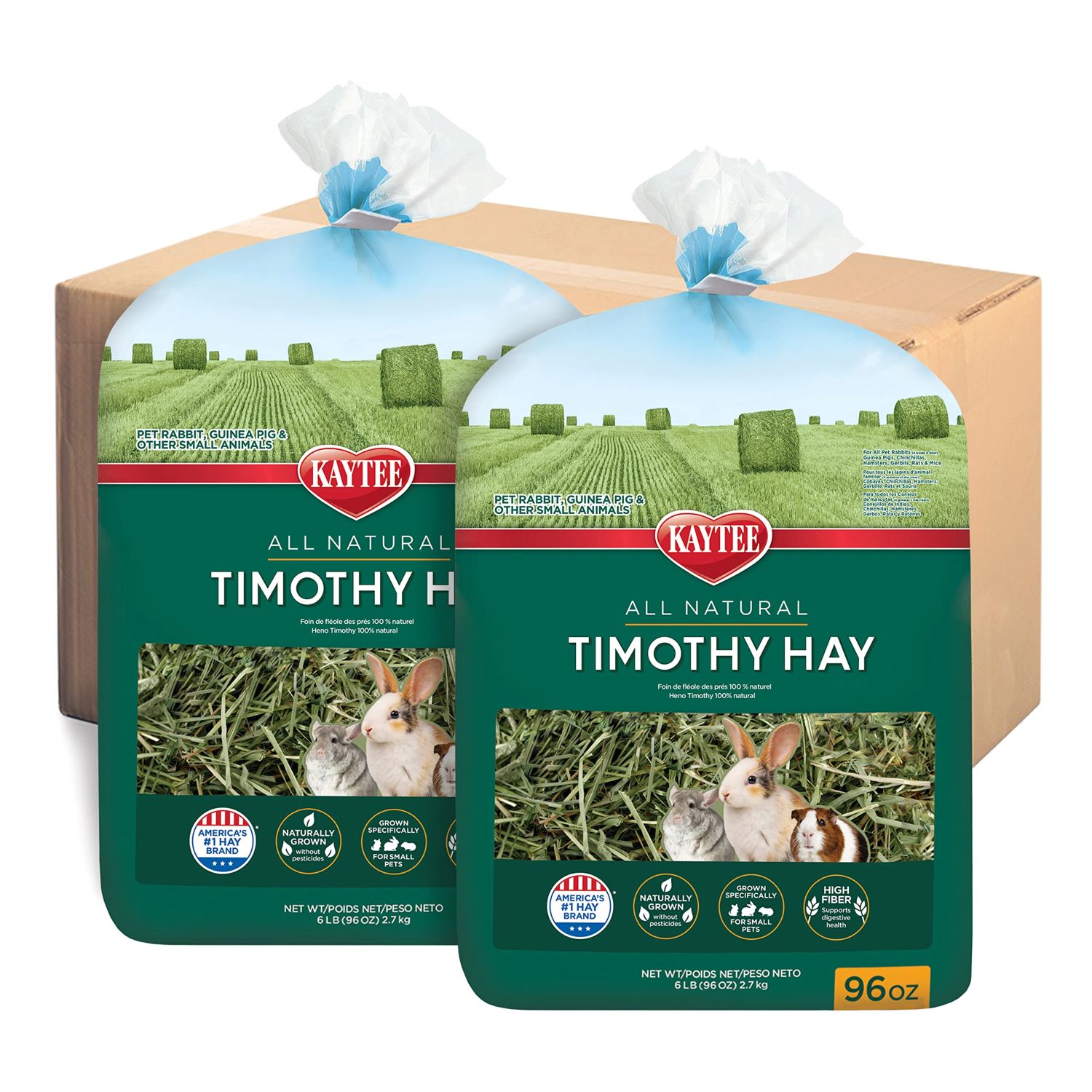
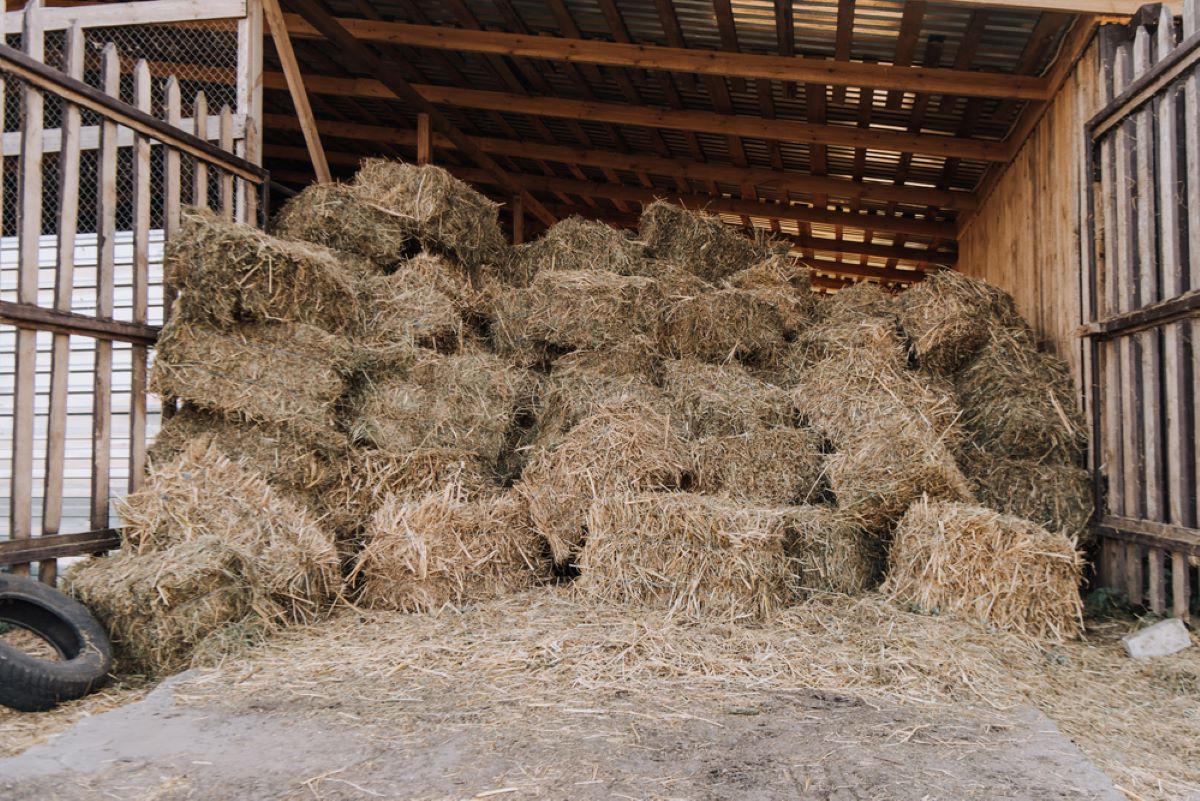
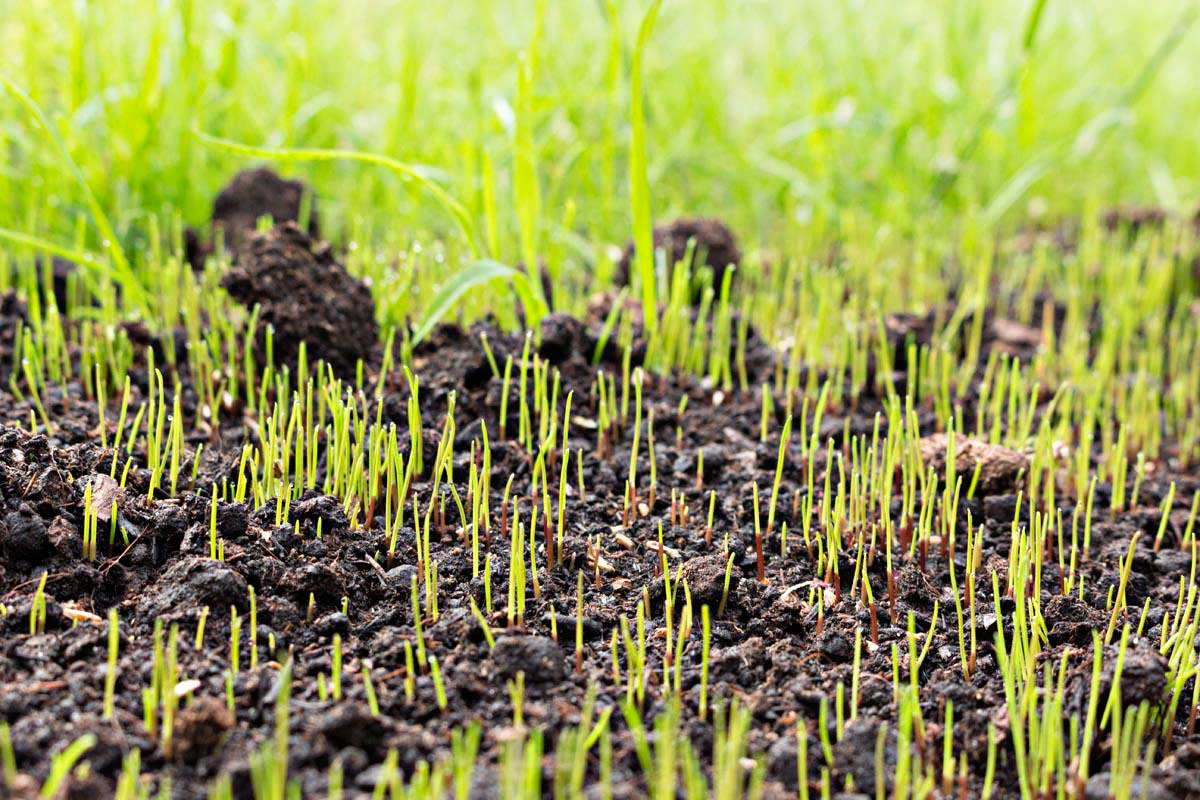

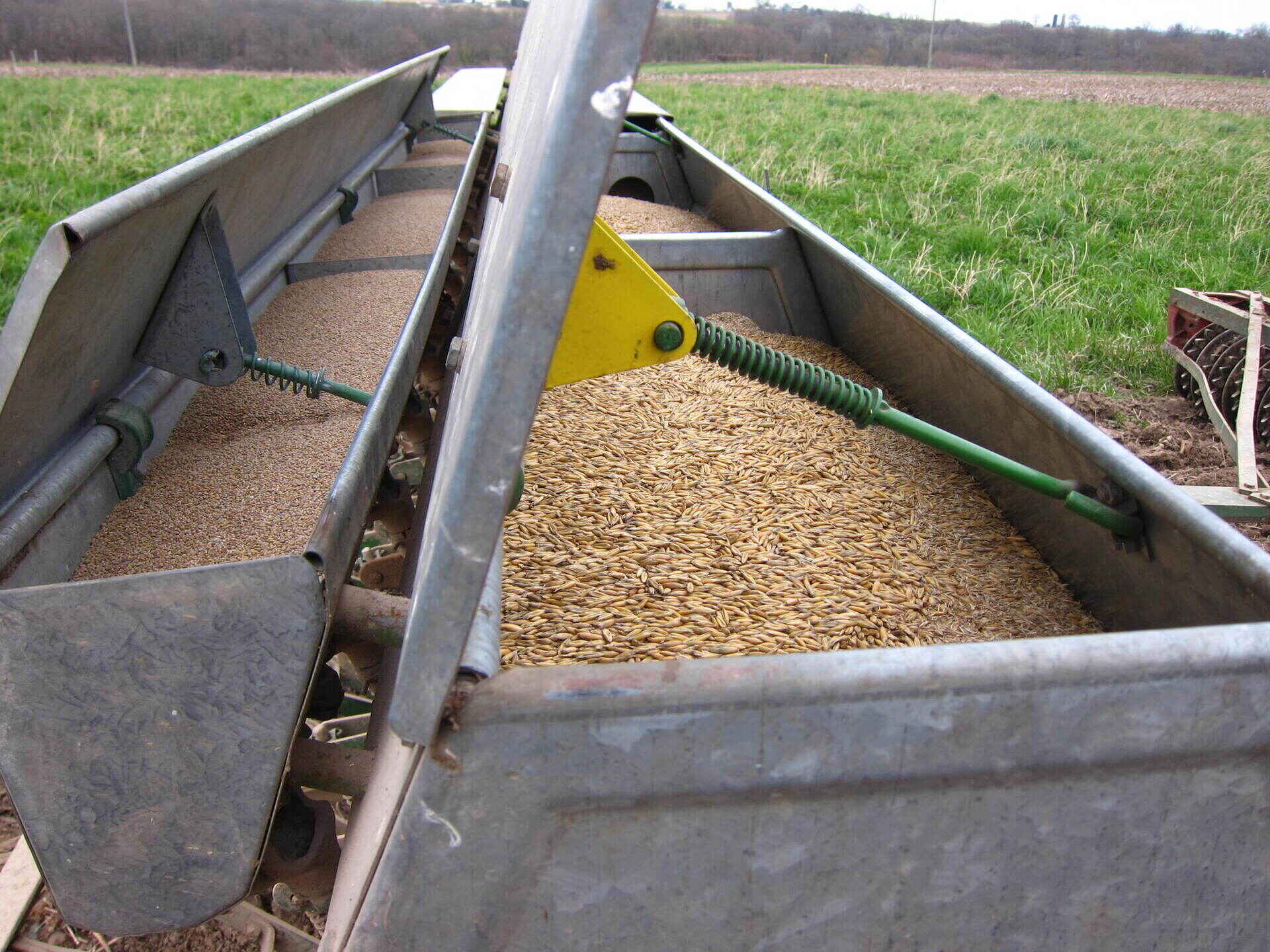
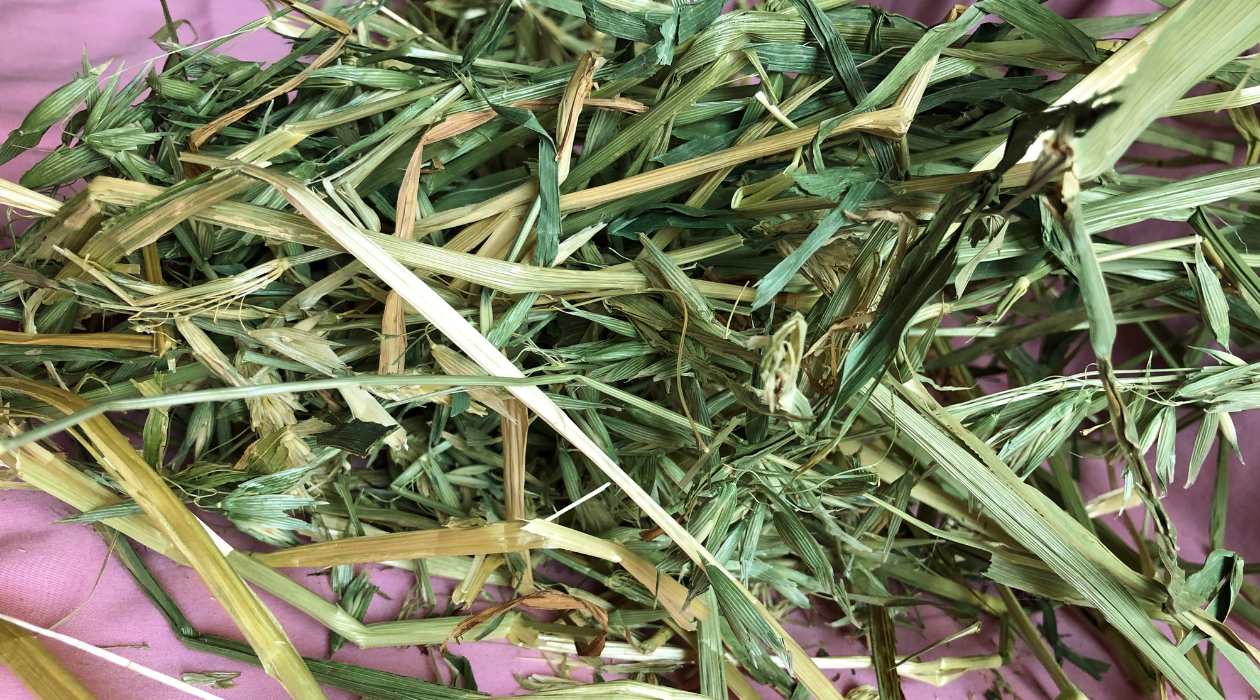
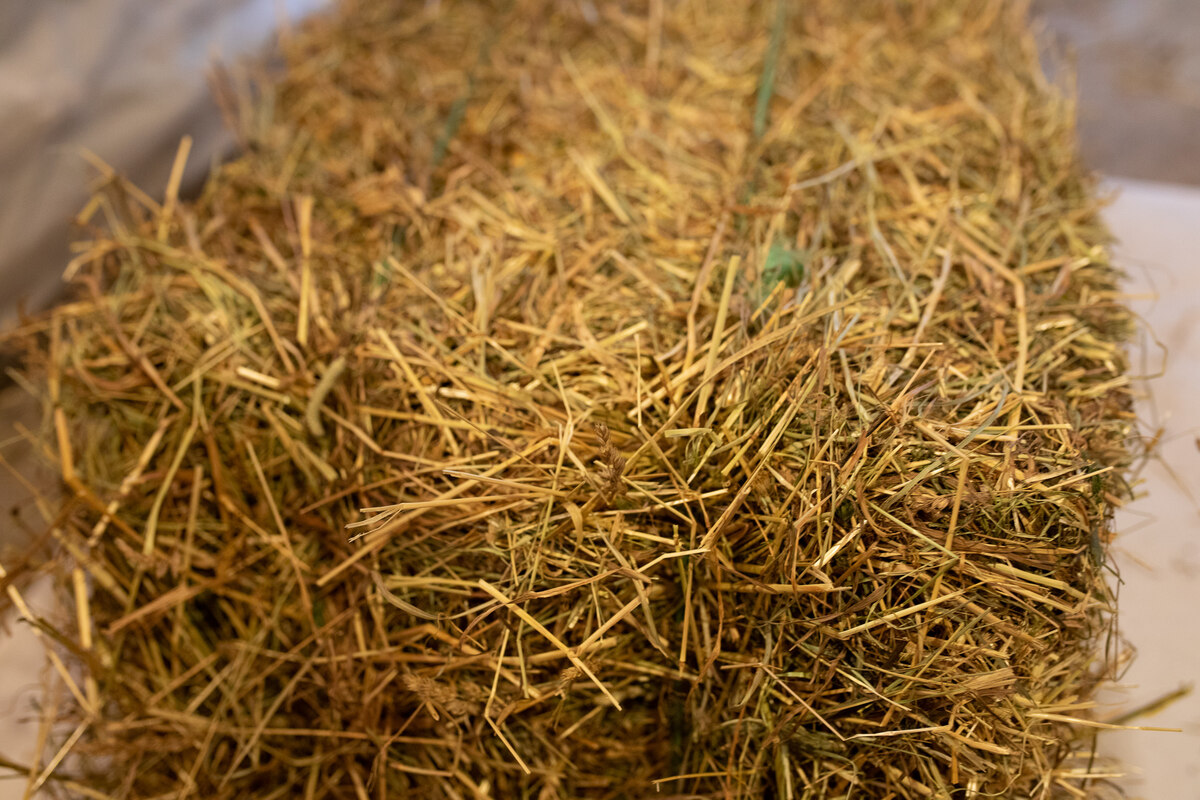
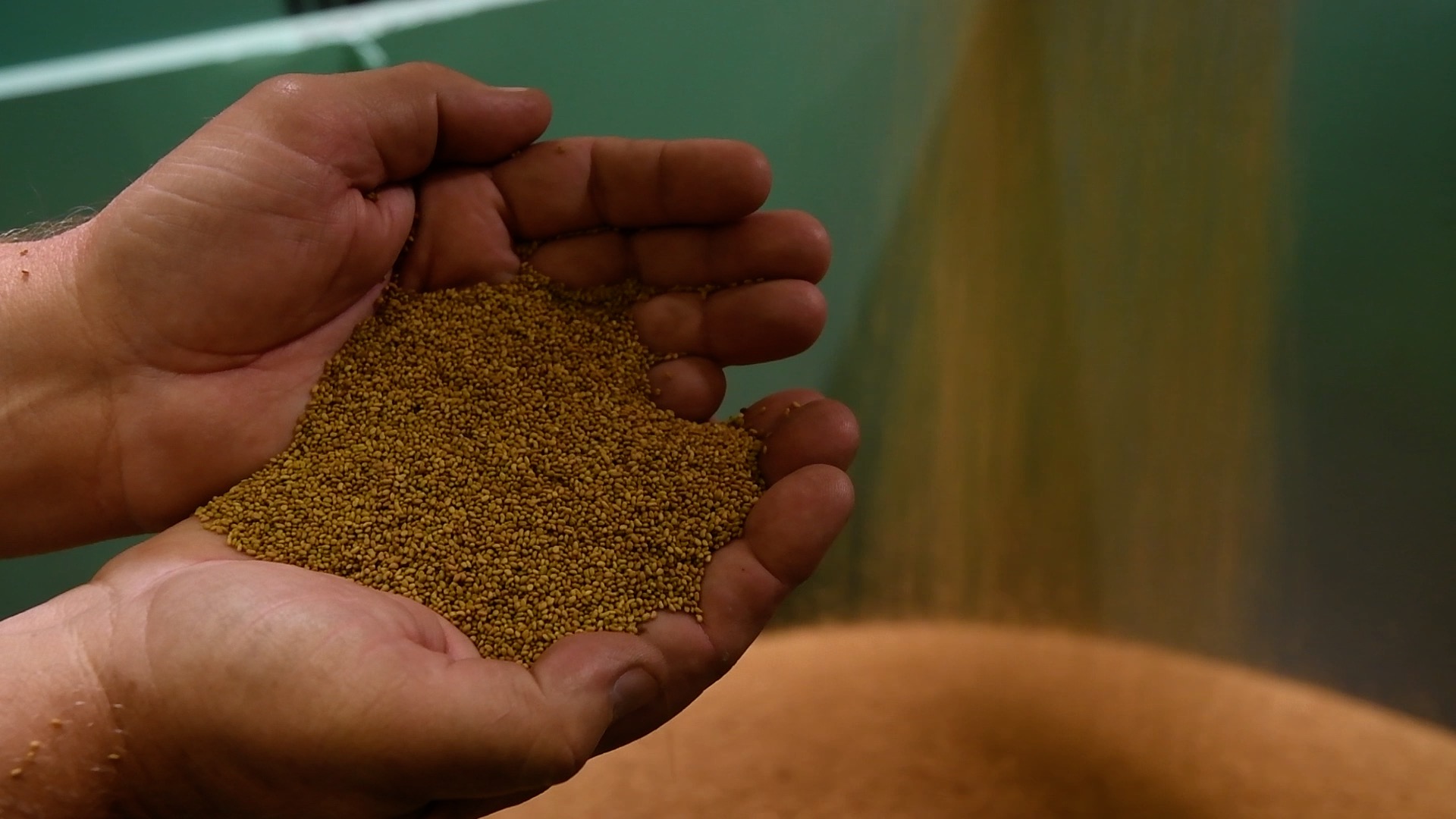
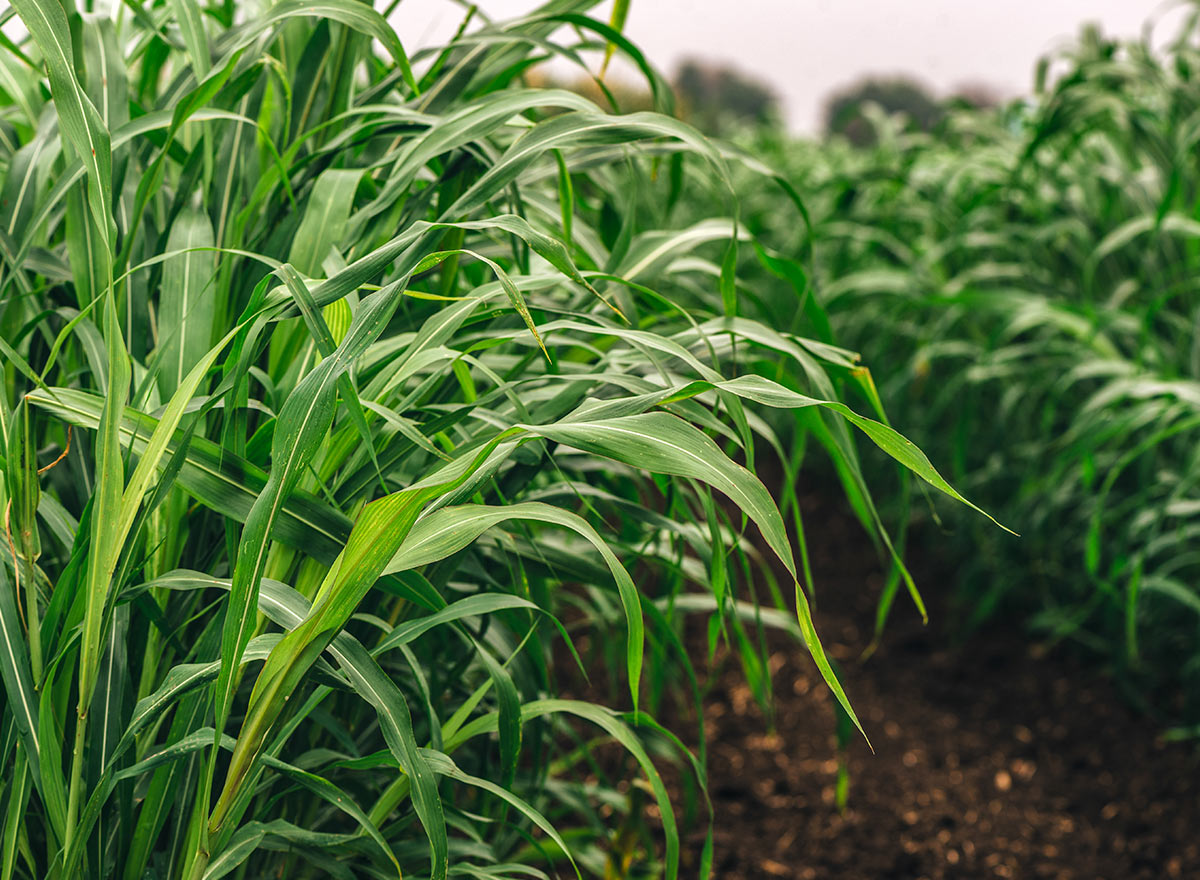
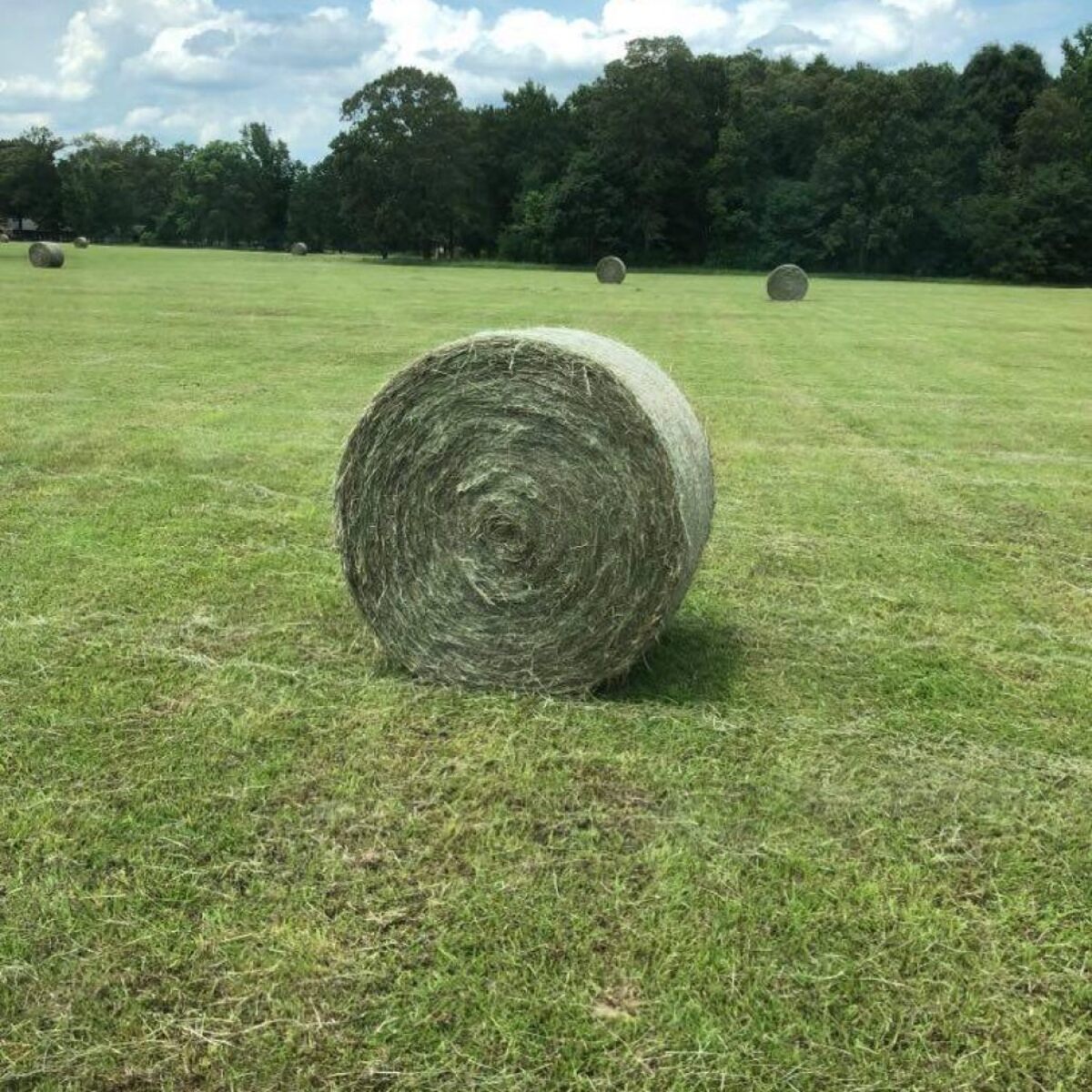
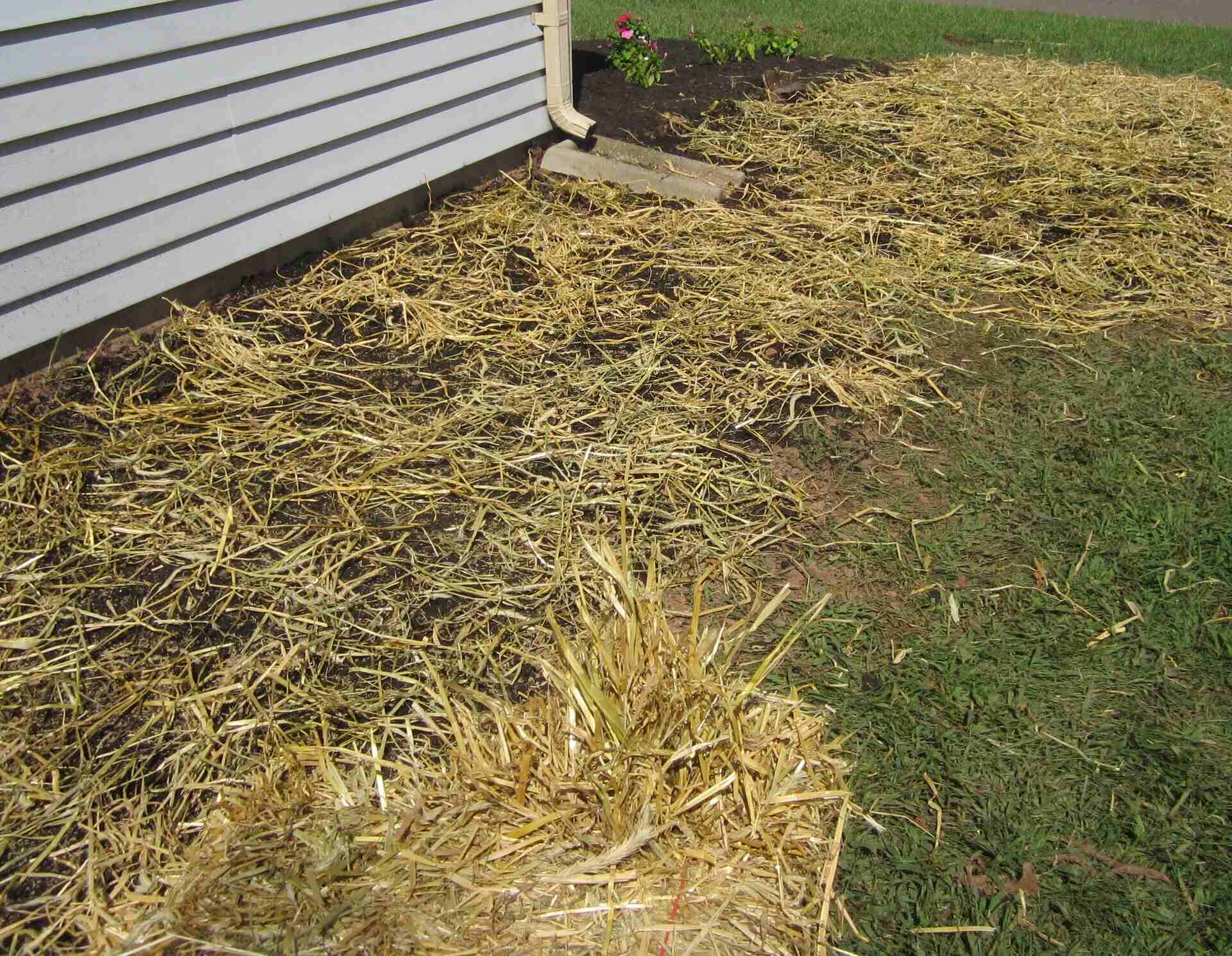
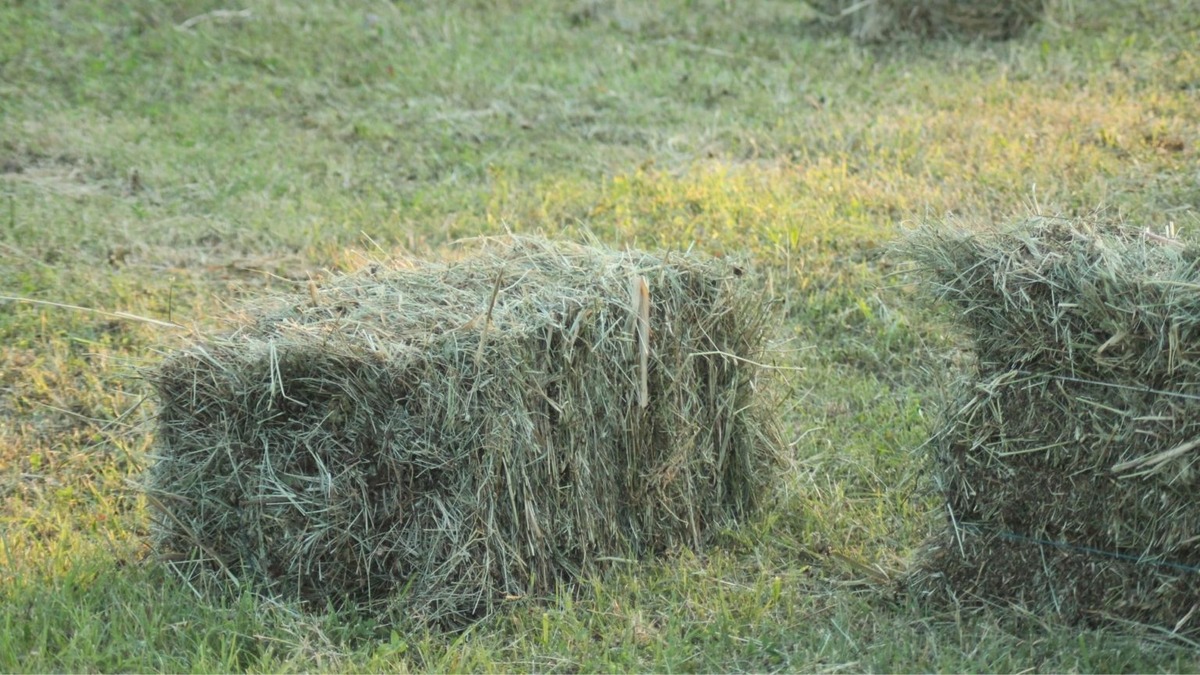
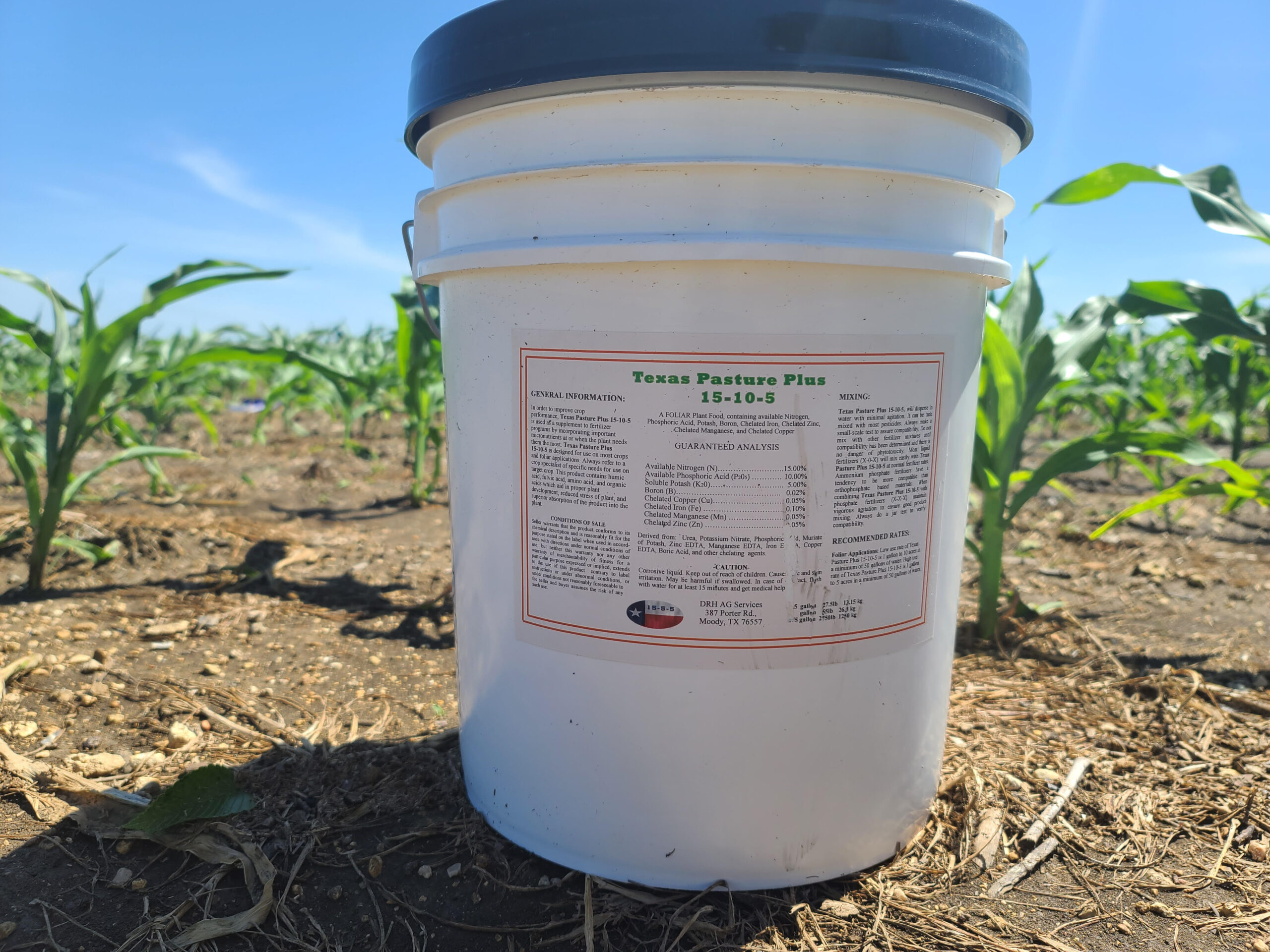
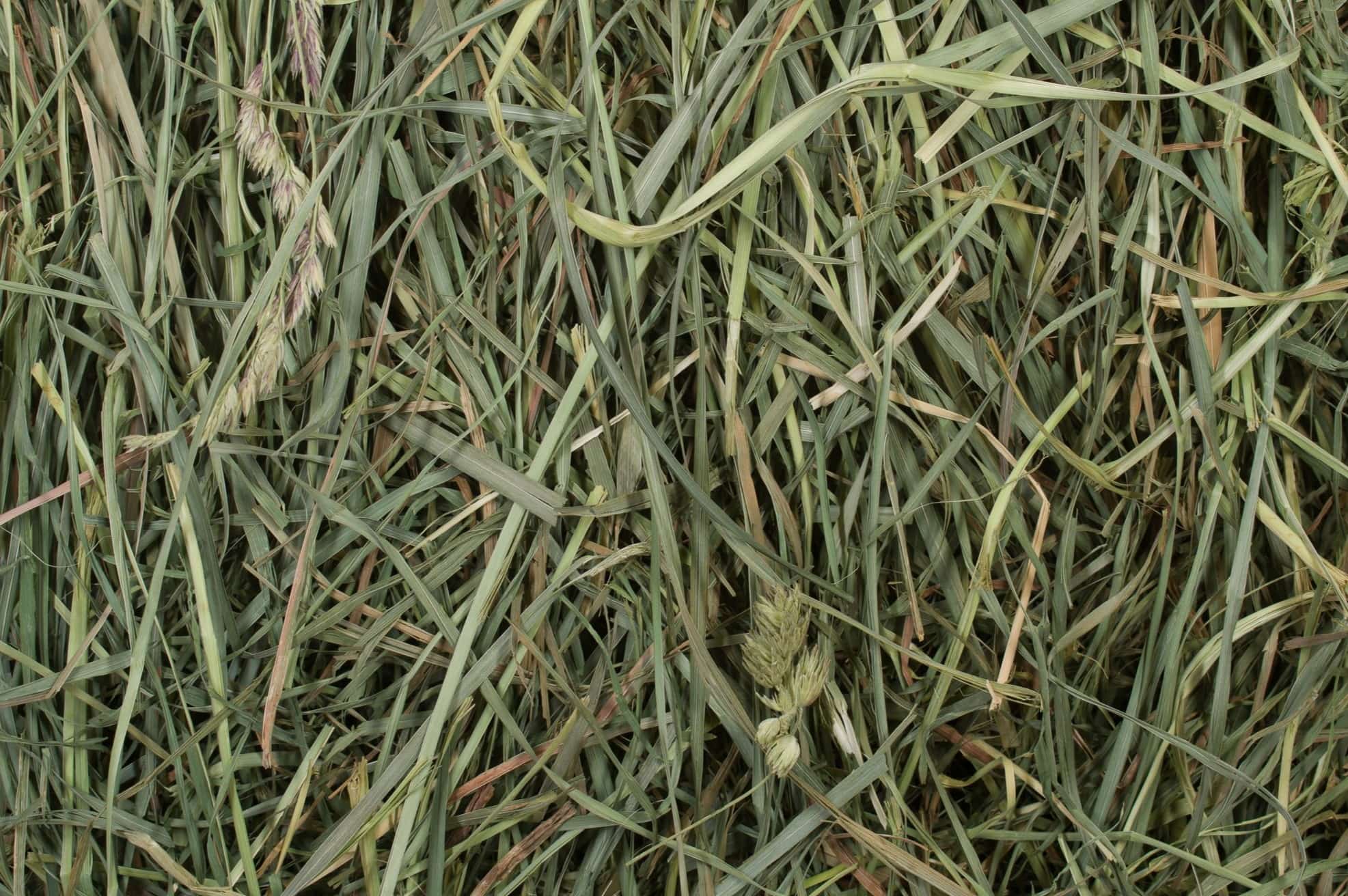

0 thoughts on “How To Store Hay”